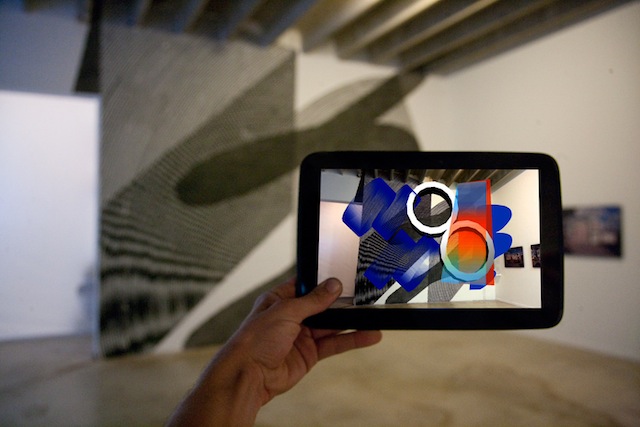
UPDATE: Xavi Ballaz (known for Difusor and the Open Walls Conference in Barcelona) has responded to this post with some of the more positive advancements towards open walls, and suggests that the open walls movement does indeed need a manifesto.
A friend of mine recently used an interesting phrase: “the open walls movement.” I thought he was using the term as a synonym for “the street art festival circuit,” which upset me, because street art festivals do not have what I would call “open walls.” But really, my friend was commenting on a larger movement perceived to be spreading around the world to use public space differently (insomuch as walls on private property are public space). On the surface, he’s right. Street art festivals, grassroots muralism programs, free walls, curated alleyways and everything in between now exist in cities and small towns around the world.
Does that make a movement? I don’t know. Nobody is getting together to write a manifesto and participants’ aims and methods are diverse, but there is a disparate group of what I’ll call “open walls people” who share a new way of looking at walls and public space: Public walls are for the artists, murals enliven streets and communities, and there should be limited or no government regulation of murals, but advertising in public space should be heavily regulated or eliminated entirely. Simply put, “open walls people” believe in unrestricted art in (often odd) public spaces.
But how open are our walls today? Surfing the web, it sometimes feels like globe-trotting muralists can hop off a plane in any city, find a wall, and begin painting the next day, or that every small European city is covered in murals. That’s simply not true. Despite valiant and well-intentioned efforts, there’s a long way to go before we have anything approaching “open walls.”
Continue reading “What and where are open walls?”



